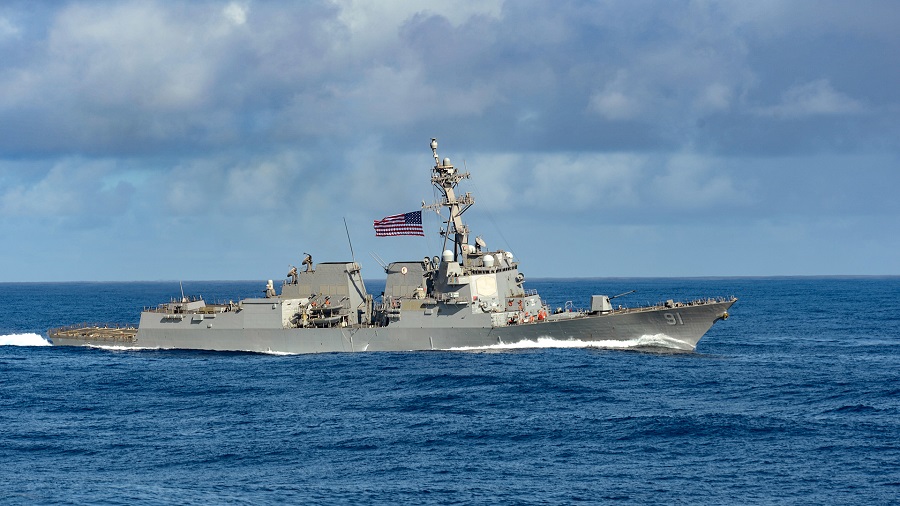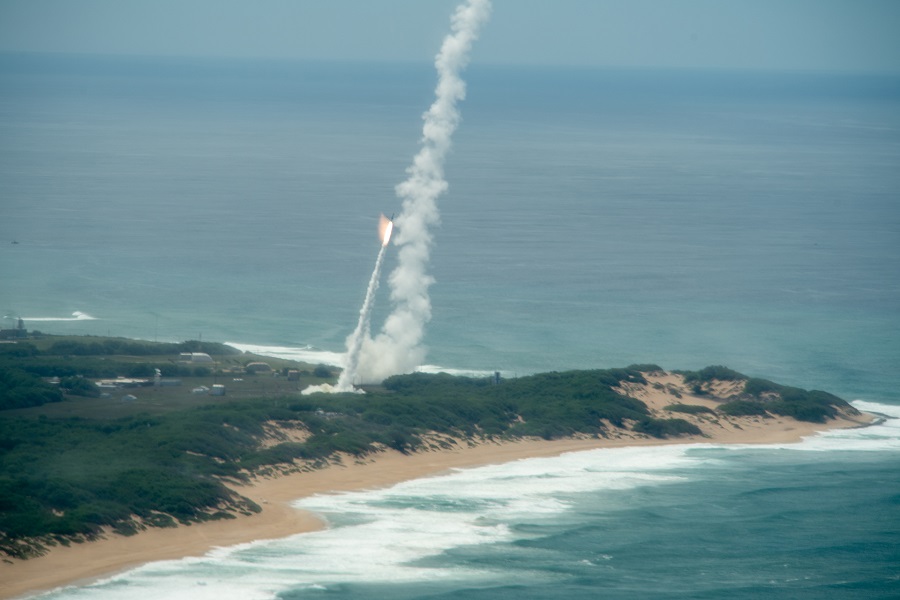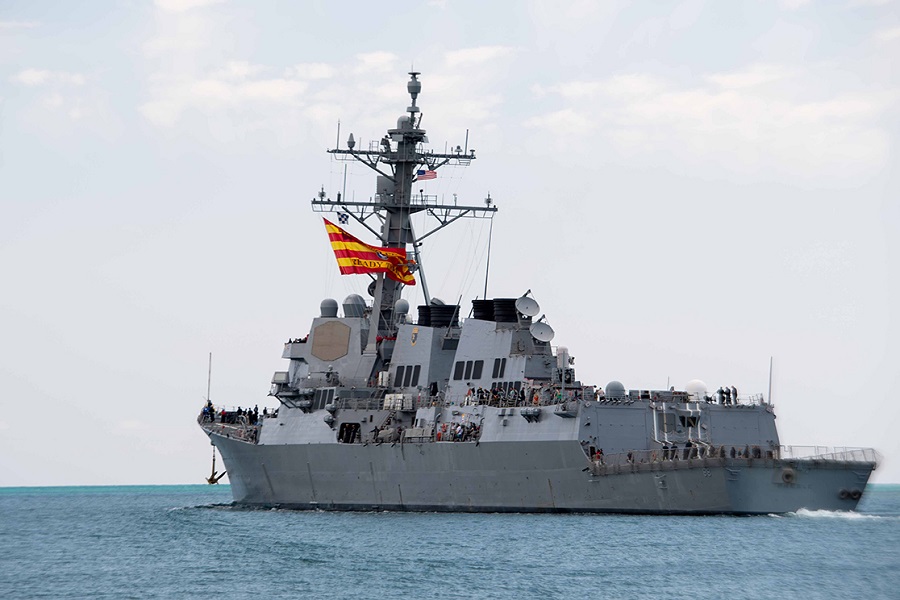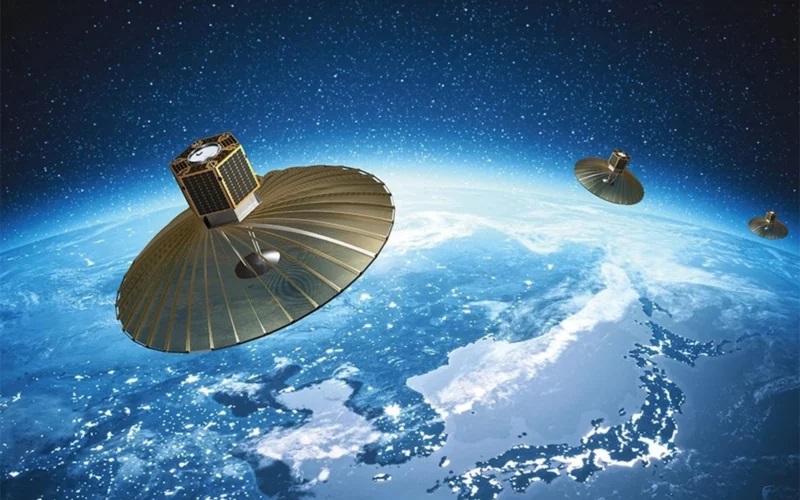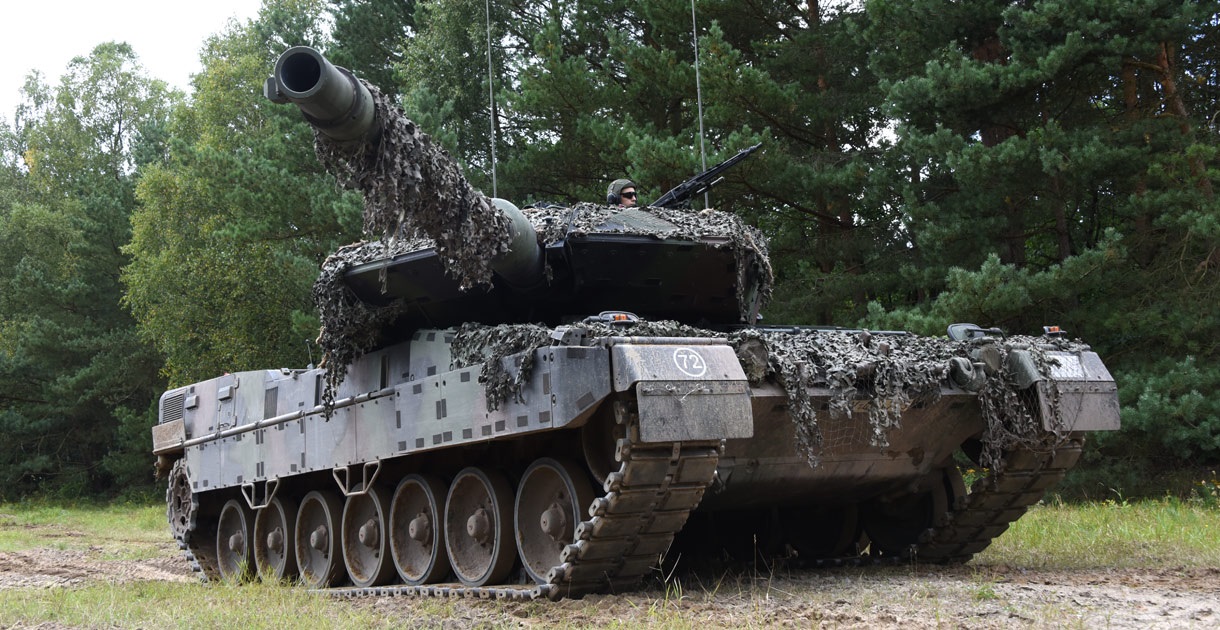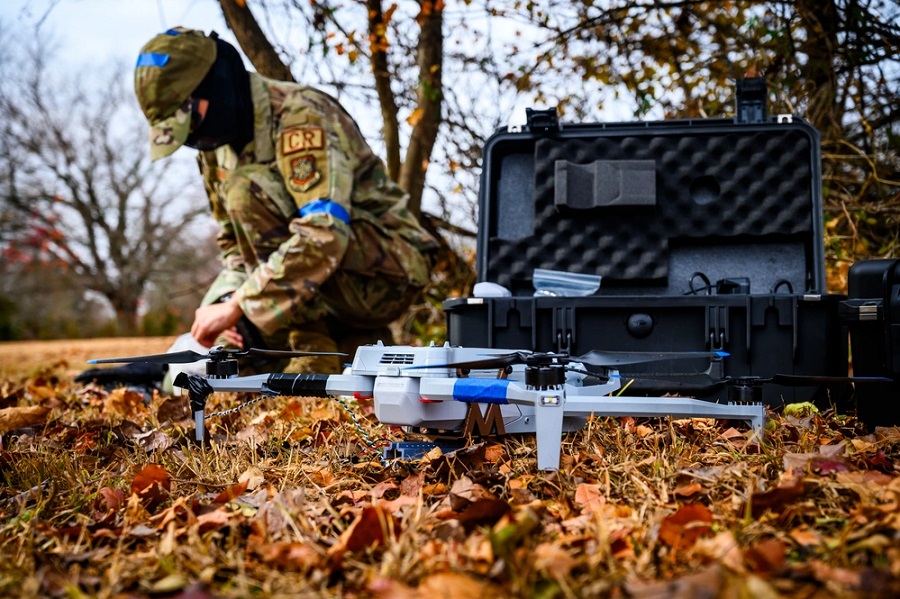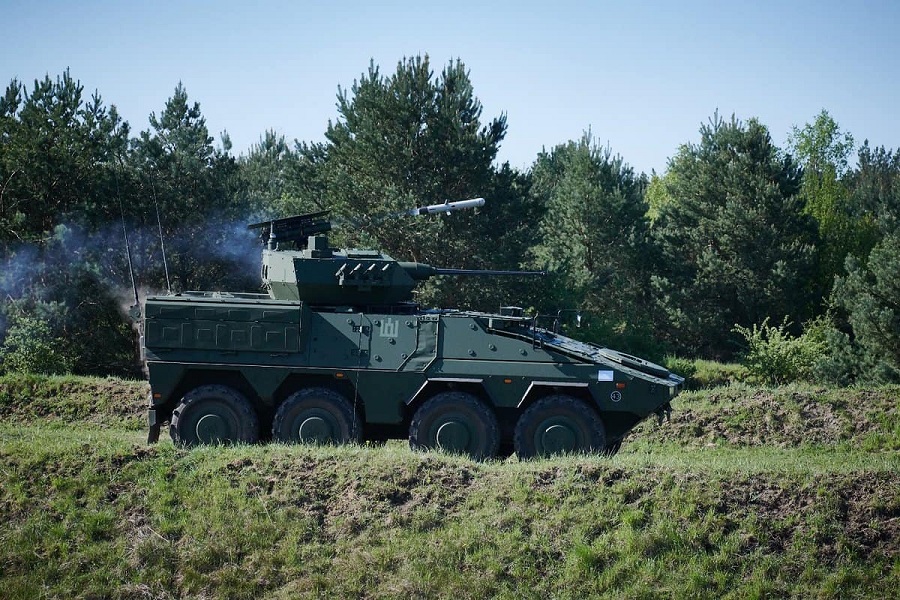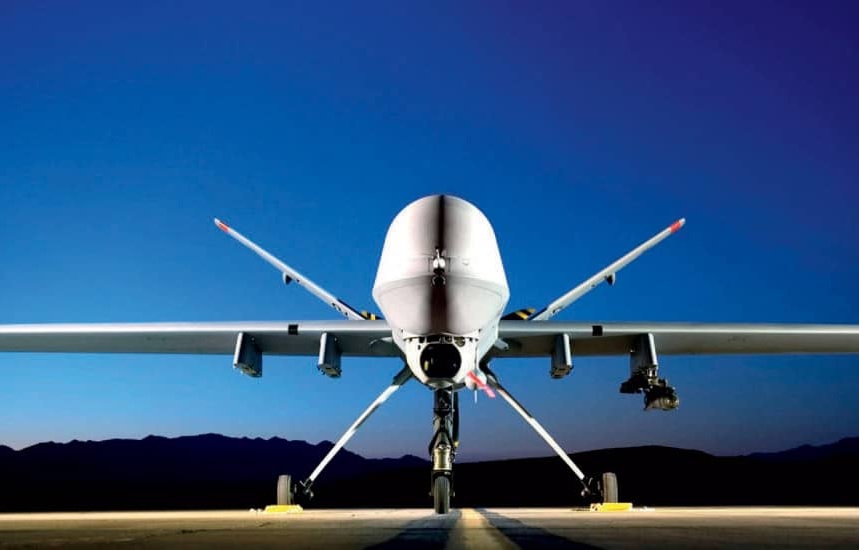The test involved detecting, tracking and engaging the hypersonic threat using the Aegis system with a simulated SM-6 Block IAU interceptor. Supported by the U.S. Navy, Missile Defense Agency and other partners, the trial also marked the first use of a new hypersonic target and virtualised Aegis software in a Ballistic Missile Defense (BMD) mission.
“Our Aegis Combat System successfully defended against a simulated hypersonic threat,” said Chandra Marshall, vice president of Multi-Domain Combat Solutions at Lockheed Martin. “Aegis Baseline 9’s hypersonic defence advantage against a MRBM target brings incredible capability that allows our warfighter to see the unseen, sooner, ensuring our sailors get in front of threats quickly.”
The test highlighted Aegis’s adaptability to evolving threats, with both sea-based and land-based deployment options offering scalability and flexibility. It underlines Aegis as a key component in the U.S. military’s missile defence strategy.
FTX-40 is the third trial for the Capability Package 24 / BMD 5.1.5 system, which also includes the Sea-Based Terminal Increment 3. Lockheed Martin continues to support future flight tests with its partners, with this simulated engagement paving the way for upcoming live fire intercept missions.
This follows last year’s successful FTX-23, or “Stellar Sisyphus”, which tested advanced sensor tracking and communication links. That trial culminated in a live interception of a MRBM using the SM-6 Dual II Software Upgrade interceptor missile during the FTM-32 mission.
Source: Lockheed Martin (press release).


